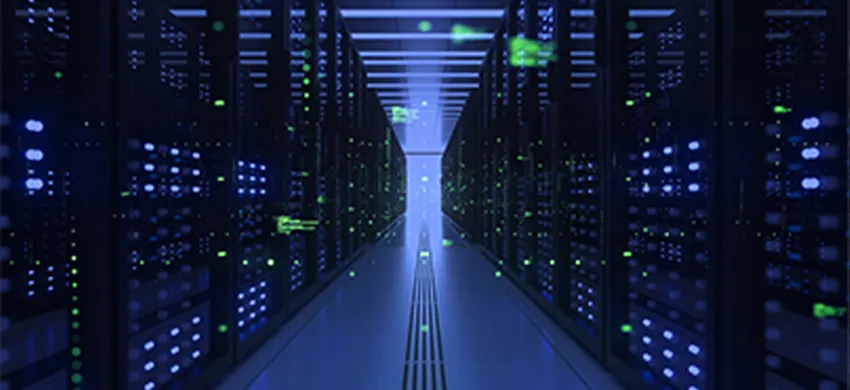The main function of the optical fiber connector is to quickly connect two optical fibers, so that the optical signal can be continuous to form an optical path. Optical fiber connectors are movable and reusable, and they are also the most indispensable and most used passive components in optical communication systems.
Through the optical fiber connector, the two end faces of the optical fiber can be precisely butted together, so that the light energy output by the transmitting fiber can be coupled to the receiving optical fiber to the maximum extent, and the influence of the system due to its intervention needs to be minimized. Because the outer diameter of the optical fiber is only 125um, and the light-passing part is smaller, the single-mode fiber is only about 9 μm, and the multi-mode fiber is 50 μm and 62.5 μm, so the connection between the fibers needs to be precisely aligned.
Ⅰ. The core component of fiber optic connectors: the ferrule
Through the function of the optical fiber connector, it can be seen that the core component that affects the performance of the connector is the ferrule. The quality of the ferrule directly affects the precise center docking of the two fibers. Ferrules are made of ceramic, metal or plastic. Ceramic ferrules are widely used, and the main material is zirconium dioxide, which has the characteristics of good thermal stability, high hardness, high melting point, wear resistance, and high processing accuracy. The sleeve is another important part of the connector, and the sleeve plays the role of alignment to facilitate the installation and fixation of the connector. The inner diameter of the ceramic sleeve is slightly smaller than the outer diameter of the ferrule, and the slotted sleeve clamps the two ferrules to achieve precise alignment.
Ⅱ. The basic parameters of fiber optic connectors: insertion loss, return loss
Due to the difference in the end face of the ferrule, the performance of the connector loss is also different. The optical performance of a fiber optic connector is mainly measured by two basic parameters, insertion loss and return loss. So, what is insertion loss?
Insertion Loss (usually referred to as IL) is the optical power loss caused by the connection. It is mainly used to measure the optical loss between two fixed points in the optical fiber, which is usually caused by the lateral deviation between the two optical fibers, the longitudinal gap in the optical fiber joint, the quality of the end face, etc. The unit is expressed in dB, and the smaller the value, the better, the general requirement should not be greater than 0.5dB.
Return Loss (usually referred to as RL) refers to the parameter of signal reflection performance, which describes the power loss of optical signal return/reflection. Generally, the larger the better, the value is usually expressed in dB. The typical RL value of the general APC connector is about -60dB, and the typical RL value of the PC connector is about -30dB.
In addition to the two optical performance parameters of insertion loss and return loss, the performance of fiber optic connectors should also pay attention to the interchangeability, repeatability, tensile strength and operating temperature of fiber optic connectors when selecting a good optical fiber connector, times of plugging and unplugging, etc.
Ⅲ. Types of fiber optic connectors
Connectors are divided by connection method: LC, SC, FC, ST, MU, MT, MPO/MTP, etc.; by fiber end face: FC, PC, UPC, APC.
1. LC connector
The LC type connector (Lucent connector) is made with a modular jack (RJ) latch mechanism for easy operation. The size of the pins and sleeves used by the LC connector is half the size of ordinary SC, FC, etc., which is 1.25mm, so its appearance size is only half of SC/FC.
2. SC connector
The connector of the SC connector (Standard Connector) is a snap-on standard square connector, and the fastening method is a plug-in latch type, which does not need to be rotated. This type of connector is made of engineering plastic, which is low in price and convenient for plugging and unplugging.
3. FC connector
The size of the FC optical fiber connector and the SC connector is the same, the difference is that the FC adopts a metal sleeve, and the fastening method is a turnbuckle. The structure is simple, the operation is convenient, the manufacture is easy, the durability is durable, and it can be used in a high vibration environment.
4. ST connector
The outer shell of ST fiber optic connector (Straight Tip) is circular, using a 2.5mm annular plastic or metal shell, and the fastening method is turnbuckle, which is often used in fiber optic distribution frames.
5. MTP/MPO connector
MTP/MPO fiber optic connector is a special type of multi-fiber connector. The structure of the MPO connector is more complicated. It connects 12 or 24 fibers in a rectangular fiber ferrule. Usually used in high-density connection scenarios, such as data centers.
In addition to the above, the connector types include MU connectors, MT connectors, MTRJ connectors, E2000 connectors, etc. SC is probably the most commonly used fiber optic connector today, mainly due to its low cost design.
LC fiber optic connector is also a commonly used fiber optic connector, especially for connection with SFP and SFP+ fiber optic transceivers

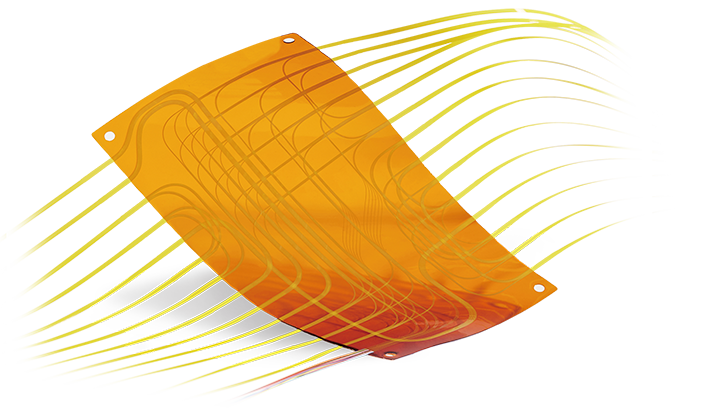 Fiber Optic Flex Circuit (FOFC)
Advanced Simulation & Optimization, High Positioning Accuracy, Flexible Customization, Rigorous Reliability Testing
Fiber Optic Flex Circuit (FOFC)
Advanced Simulation & Optimization, High Positioning Accuracy, Flexible Customization, Rigorous Reliability Testing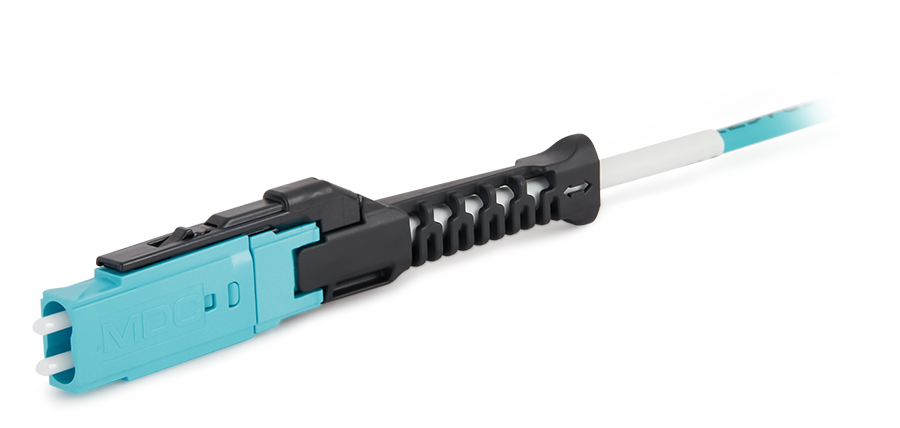 MDC Solution
US Conec's MDC connector is a Very Small Form Factor (VSFF) duplex optical connector, expertly designed for terminating single-mode and multimode fiber cables with diameters up to 2.0mm.
MDC Solution
US Conec's MDC connector is a Very Small Form Factor (VSFF) duplex optical connector, expertly designed for terminating single-mode and multimode fiber cables with diameters up to 2.0mm.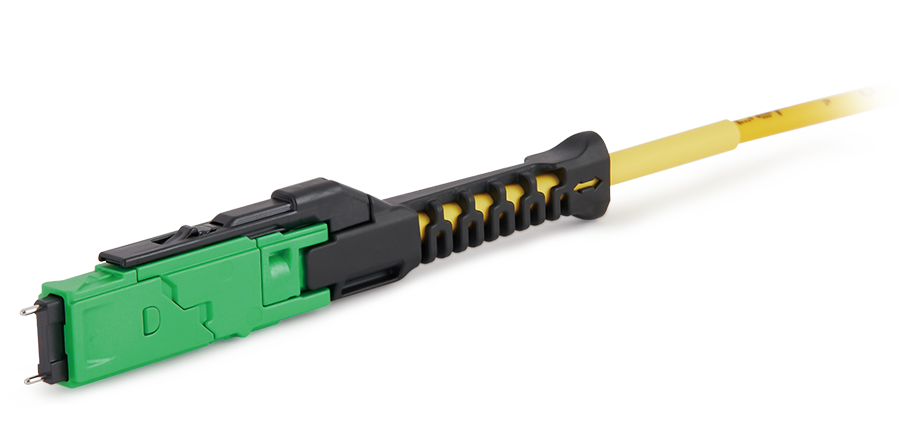 MMC Solution
US Conec's Very Small Form Factor (VSFF) multi-fiber optical connector that redefines high-density connectivity with its cutting-edge TMT ferrule technology and intuitive Direct-Conec™ push-pull boot design.
MMC Solution
US Conec's Very Small Form Factor (VSFF) multi-fiber optical connector that redefines high-density connectivity with its cutting-edge TMT ferrule technology and intuitive Direct-Conec™ push-pull boot design. EN
EN
 jp
jp  fr
fr  es
es  it
it  ru
ru  pt
pt  ar
ar  el
el  nl
nl 

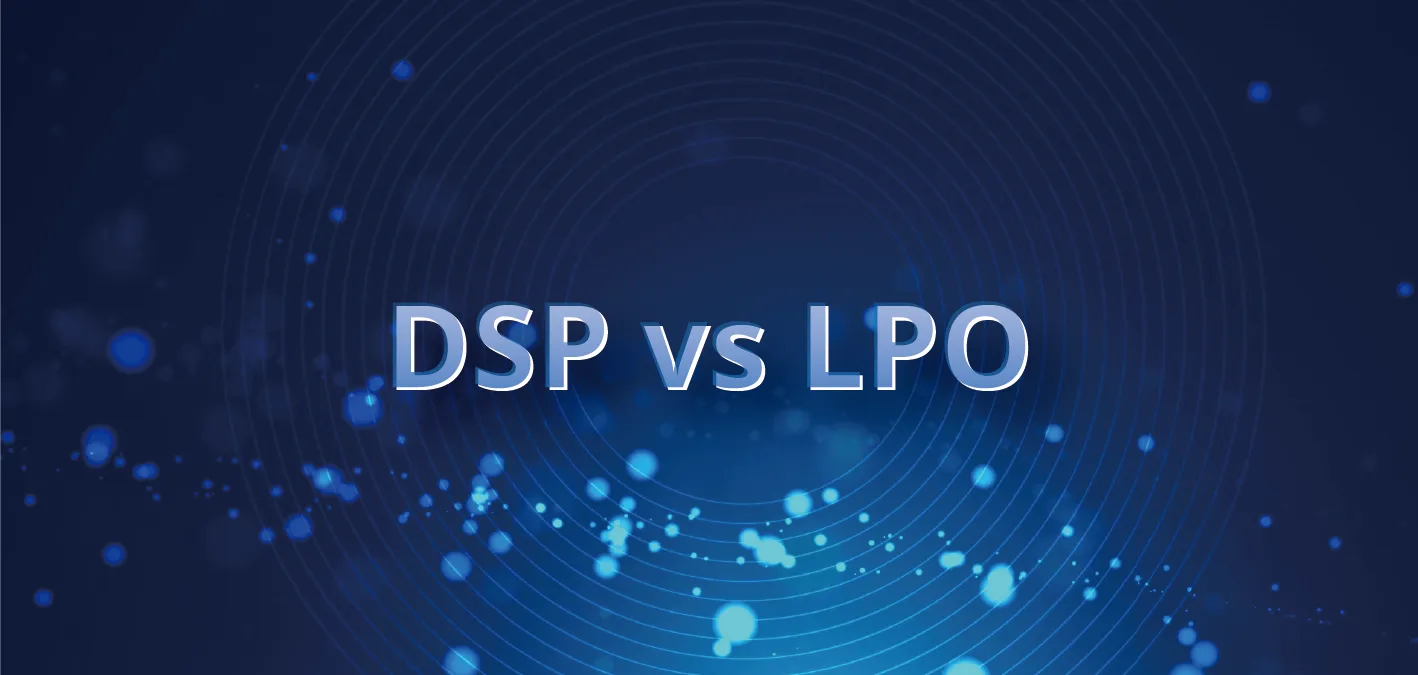
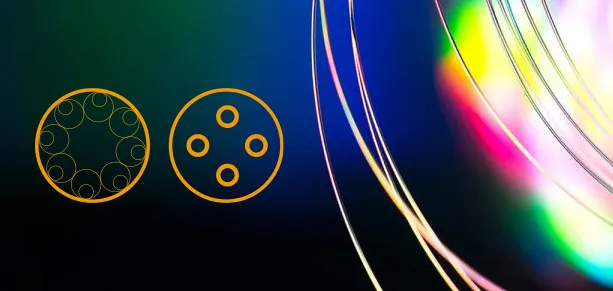
_and_High-Reflection_(HR)_Optical_Coatings.webp)
